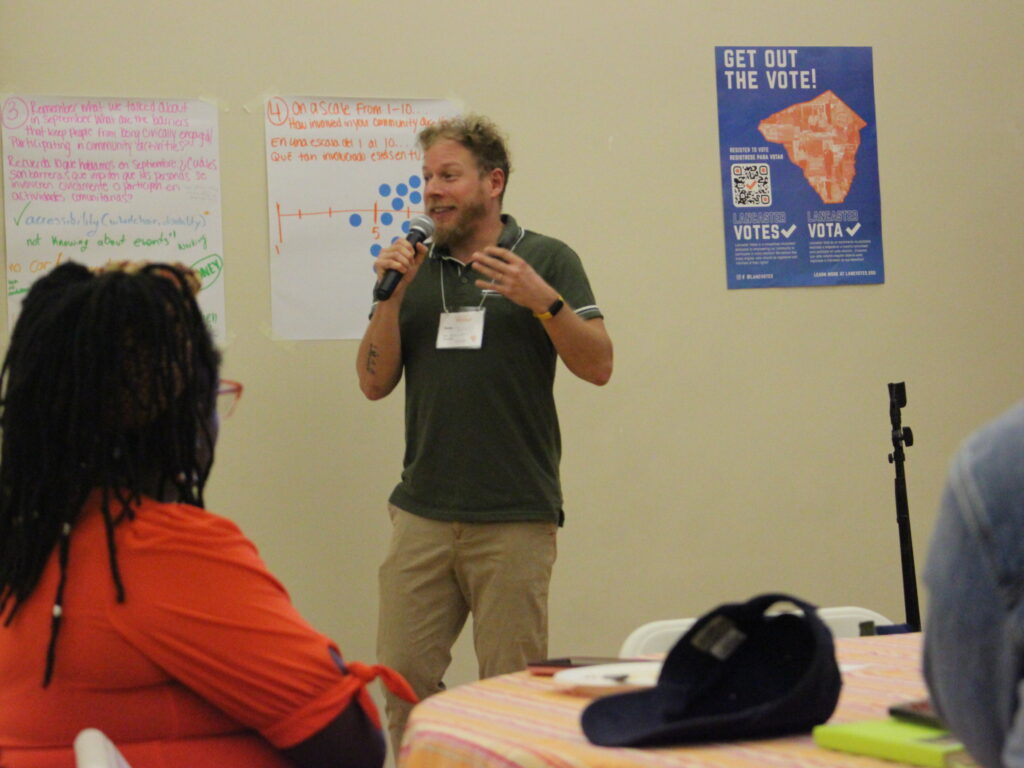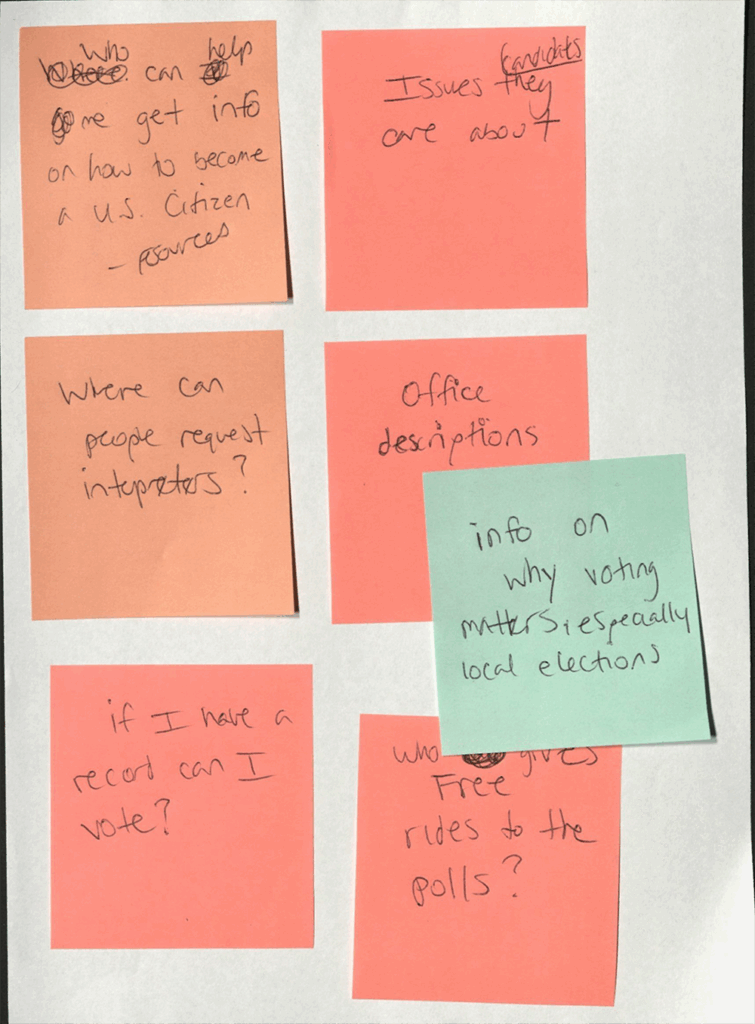As a Judge of Elections for my precinct, I’ve become pretty good at noticing “the look” from people.
It’s a mix between sheepishness and anxiety– eyes darting and hand instinctually fidgeting towards the pocket. They will usually look up and try to catch my eye, and then ask the question:
“Is it okay if I…use my phone?”
And, with the commanding authority of an elected official who rode into office with a sweeping mandate of 1 vote that I probably wrote in myself (I truly don’t remember), I smile and say something like “Absolutely! This is voting, not the SATs!”
And yet, despite the truth in the statement, it’s also true that many folks feel the same anxieties about voting that they might about a final exam they’ve only half studied for, if at all. From the fill-in-the-bubble style of question, to the florescent lights, to the library-quiet atmosphere, it’s no wonder that voting is often a psychological barrier to overcome as well as a logistical one, especially for first-time voters.
That was my starting point when speaking with attendees as LancasterVotes‘ final Election Declassified series to educate potential first-time voters on the process, their rights, and how to inspire action up to–and beyond–voting.

News sources and elections go hand in hand: one works to make sure a community has all they need to make an informed decision in the other. And yet, with our hyper-individualized media consumption habits, getting accurate and relevant information to community members to assist them in their decision-making for local races or issues is harder than ever.
LNP | LancasterOnline publishes a voter guide every election season, as does the Lancaster Chamber. But even then, space is finite. What is it voters really need or want to have with them when they enter the polls specifically for them? What tools are missing from the existing resources?
Enter my favorite tool: the post-it note.
The activity: design your own election resource
I asked workshop participants to use post-its on a regular 8×10 piece of paper to create their own custom election resource for the polls. I encouraged them to think beyond some of the tools that already exist, like the League of Women Voters excellent Vote411 resource to things that could either 1) empower them if they encounter issues or 2) things that they wish they knew about candidates, issues, or the process in general.
The results were a snapshot of some of the issues new, first-time, or even veteran voters are thinking about as they enter the ballot booth (or in the case of my polling place, plastic divider).
Attendees listed things you might expect, like important numbers to call if you need help voting, language access, and candidate bios. More importantly though, we started to get some interesting new feature ideas.
Some of my favorites:
- Issue-specific guides to figure out where candidates stand on your biggest priorities
- Incumbent scorecards weighed against campaign promises
- Descriptions beyond just policy to the leadership style and examples of the candidates to get a better feel for how they would govern
- Groups or organizations that they are affiliated with beyond their office
- Polling place information, including accessibility, parking, and even whether there are places to leash your dog
It’s fair to say that some of these features can be addressed through local news, and some can should also be tackled on the administrative level through elections office communication to voters (especially things like polling place information).
But it also shows the importance of coordination between these entities, as well as responding to community feedback. In what ways are news sources taking the priorities and needs of communities into account when they are playing this vital role of information distributor to residents?
With increased attention on voting rights, trust in elections, and trustworthiness of information, news sources must be more vigilant than ever to ensure that they are not only providing important information, but building community trust along the way.
Your friendly neighborhood Judge of Elections thanks you in advance!
Check out the voter guides attendees created here:




















Want to make your own?
